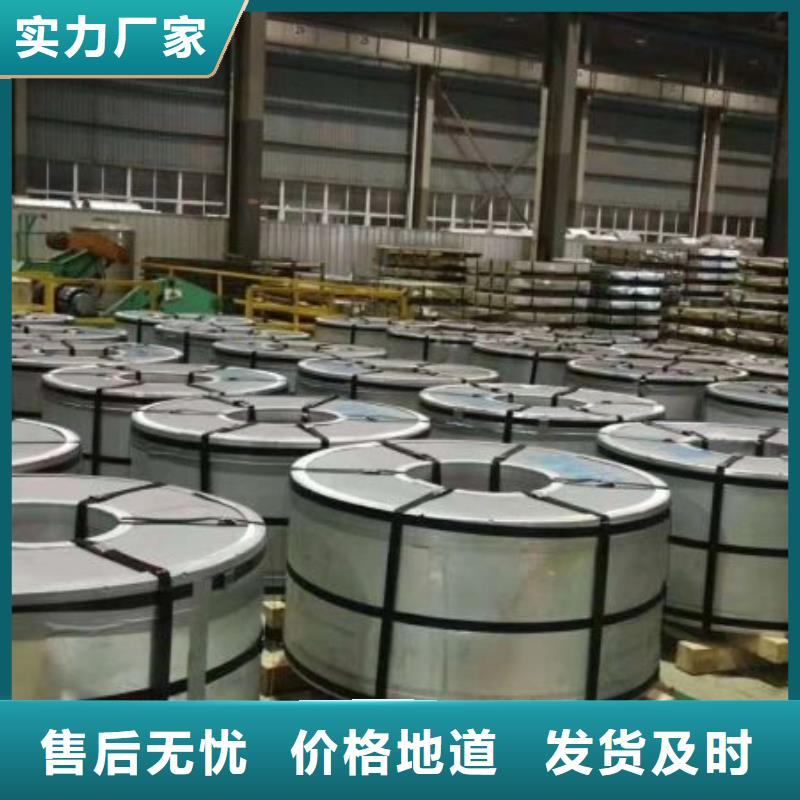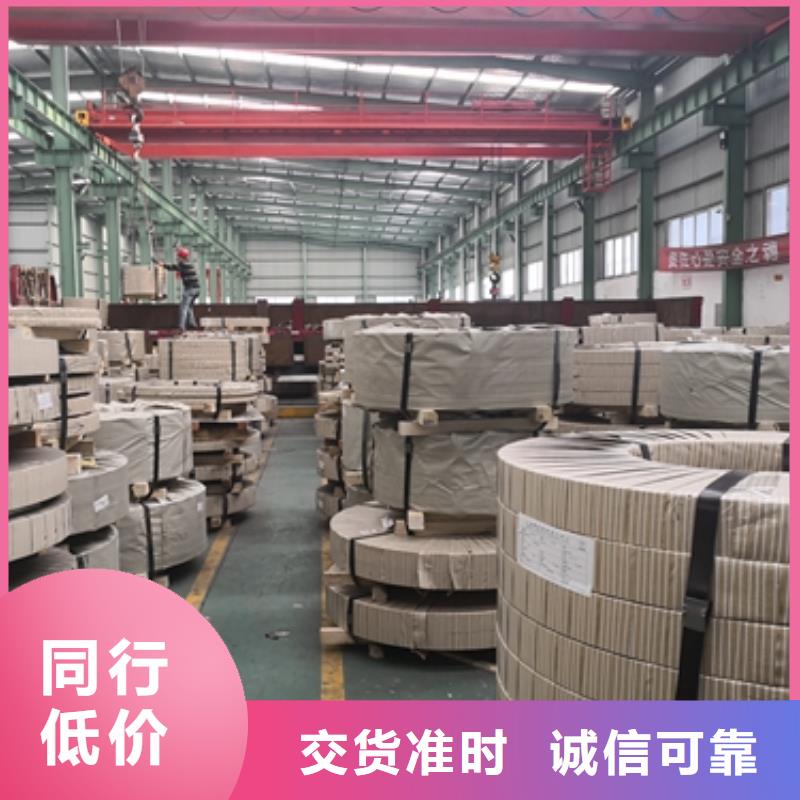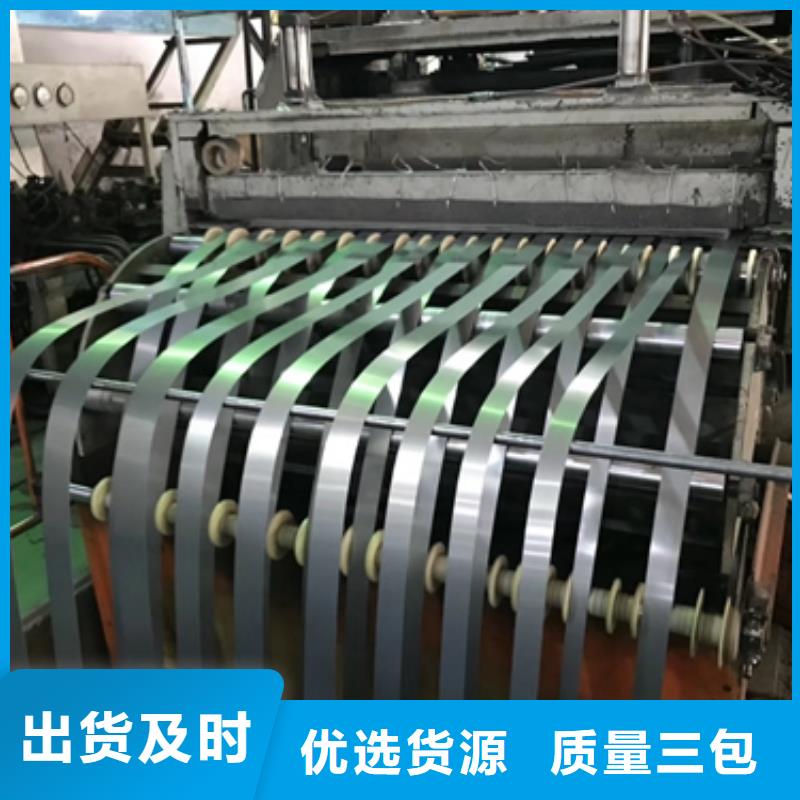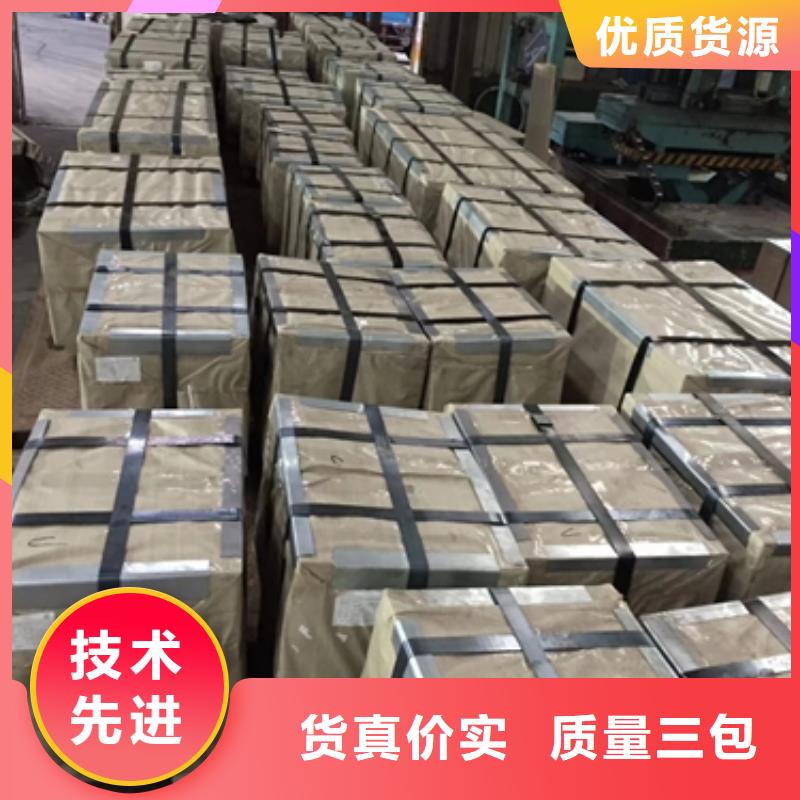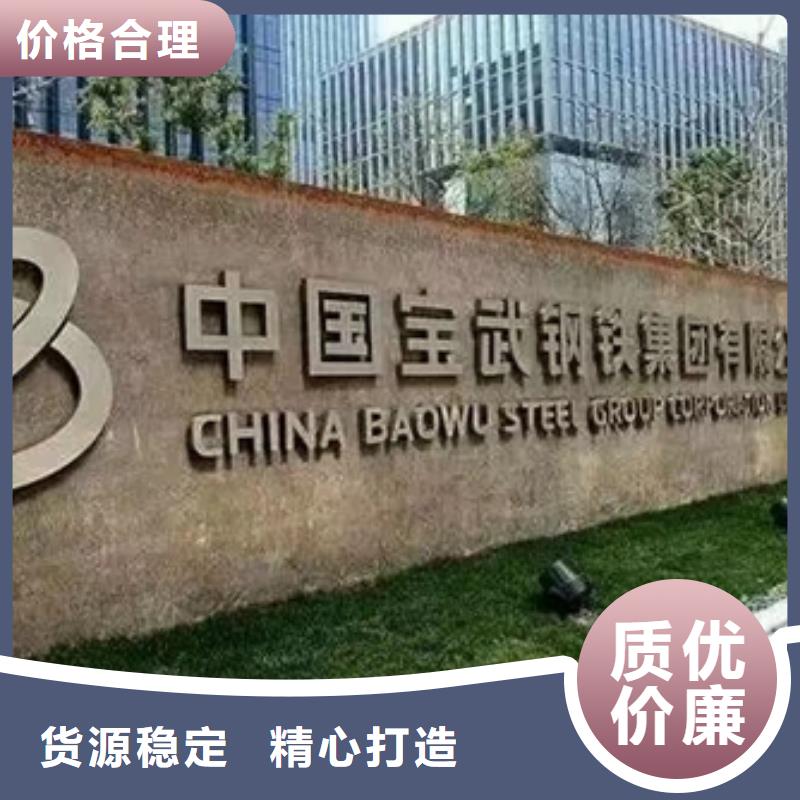想要更深入地了解我们的硅钢片50WH270涂层产品?那么请观看我们制作的视频,它比任何文字描述都更具体、更生动。
以下是:硅钢片50WH270涂层的图文介绍
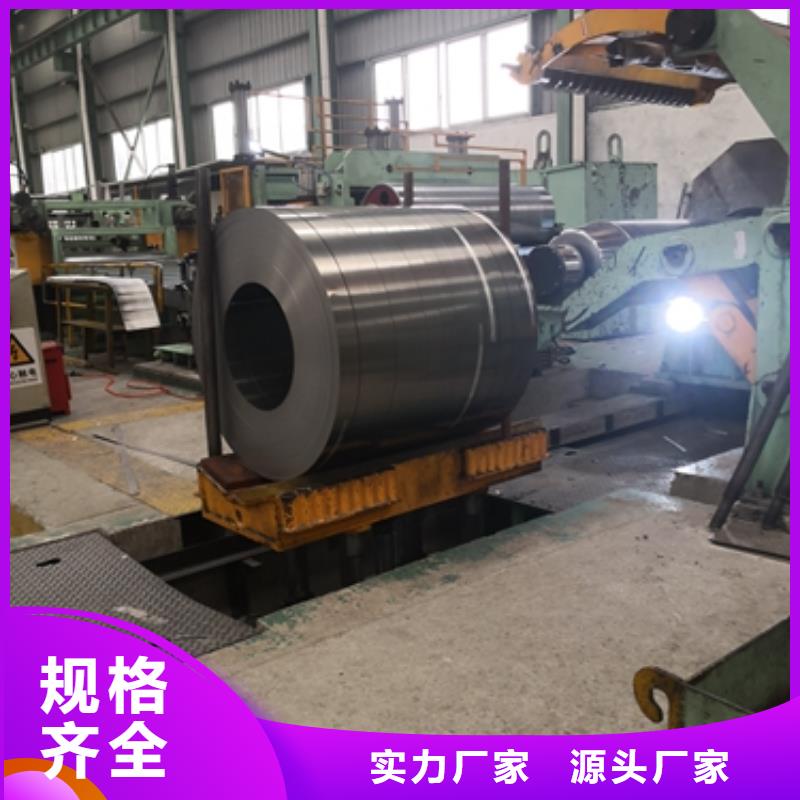
随着大数据、物联网、智慧城市等新型产业发展带来行业的契机,鹿程国际贸易有限公司(河南分公司)始终以前瞻的眼光,紧跟时代潮流,坚持以专业化的发展战略,专注技术与应用不断开发适合客户需求的新 冲压用钢产品;务实守信,开拓创新,携手广大合作伙伴“扬帆起程领航未来”。
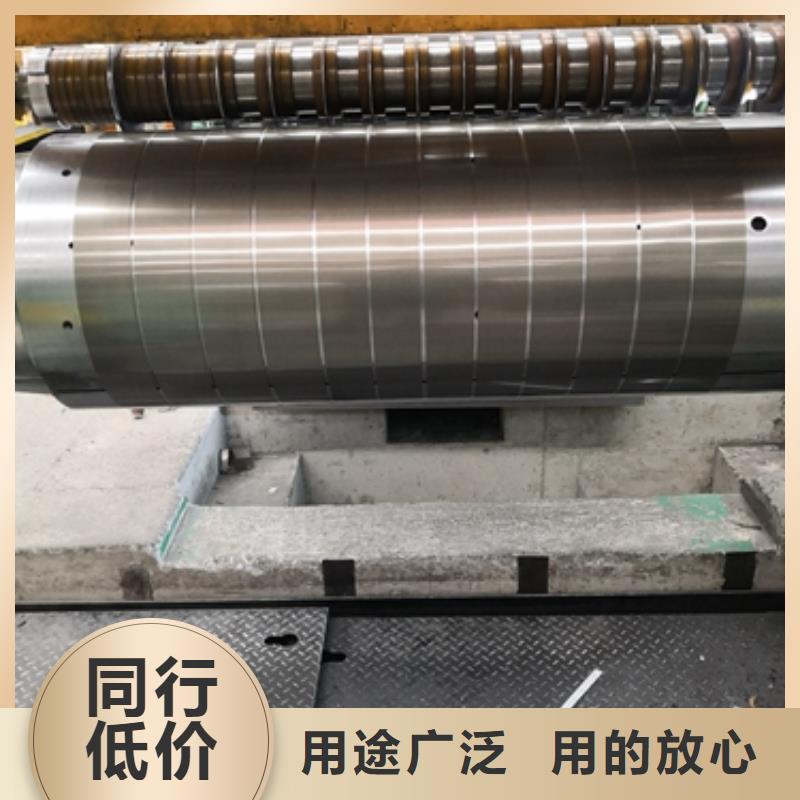

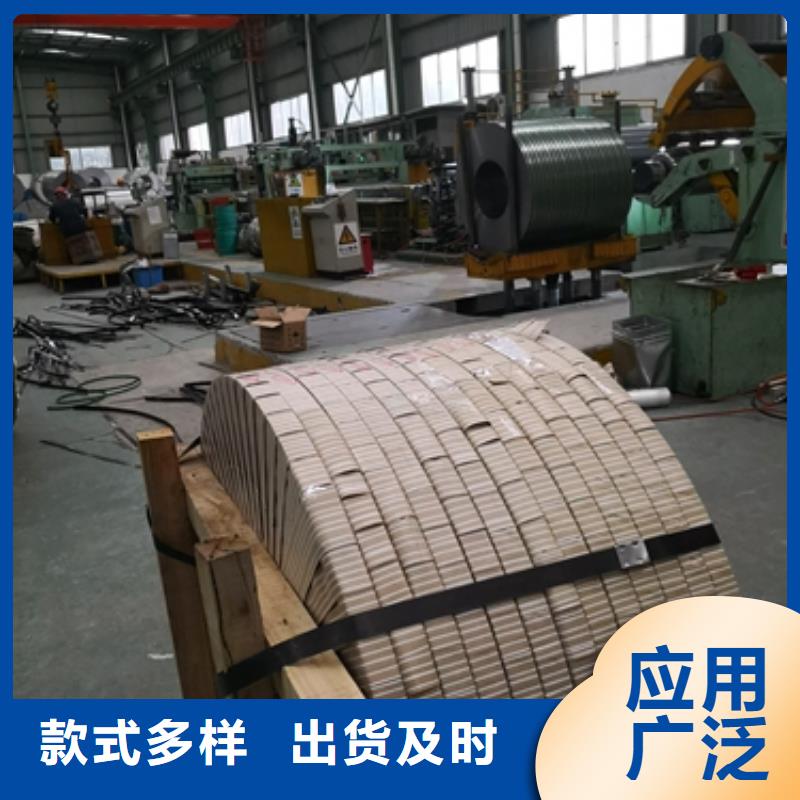
电工钢硅钢片Electrical steel, also known as silicon steel sheet, is an indispensable metal material in the power, electronics, and military industries, and is also the largest functional material in production. It is mainly used as the iron core for various motors, generators, and transformers. Since it is a functional material, its performance testing also revolves around "function". These indicators are often mentioned in trade and processing processes, and a brief understanding can help everyone better carry out their work. The performance testing of electrical steel mainly includes the following aspects: magnetic inspection, stacking coefficient inspection, coating adhesion inspection, repeated bending inspection, size and shape surface inspection, and conventional mechanical property inspection. In addition to the types of products listed above, there are also some special purpose electrical steel plates, such as 0.15 and 0.20mm thick 3% Si cold-rolled non oriented silicon steel strips and 0.025, 0.05, and 0.1mm thick 3% Si cold-rolled oriented silicon steel strips, which are used as intermediate and intermediate grade High frequency motors and transformers, as well as pulse transformers, etc; 0.7mm thick 3% Si high-strength cold-rolled non oriented silicon steel plate for relays and power switches; High strength cold-rolled electrical steel plate for new high-speed motor rotors; Low carbon electrical steel hot-rolled thick and cold-rolled plates for magnetic shielding and high-energy accelerator electromagnets such as medical magnetic resonance tomography scanners; 4.5% to 6.5% Si high silicon steel plates for high-frequency motors, transformers, and magnetic shielding.
Generally, motors, transformers, and other electrical components are required to have high efficiency, low power consumption, small size, and light weight. Electrical steel plates are usually guaranteed to have magnetic properties based on core loss and magnetic induction strength. Magnetic induction strength is the number of magnetic lines passing through a unit cross-sectional area of the iron core, also known as magnetic flux density. It represents the material‘s magnetization ability, measured in T. The magnetic induction strength of electrical steel plates is high, and the excitation current (also known as no-load current) of the iron core is reduced. Copper and iron losses are also reduced, which can save electrical energy. When the power of the motor and transformer remains constant, the magnetic induction intensity is high, and the design Bm can be increased. The cross-sectional area of the iron core can be reduced, which reduces the volume and weight of the iron core, and saves the amount of electrical steel plates, wires, insulation materials, and structural materials used. This can reduce the total loss and manufacturing cost of the motor and transformer, and is beneficial for the manufacturing, installation, and transportation of large transformers and motors. The main requirements for the performance of silicon steel are:
1. Low iron loss is the most important indicator of the quality of silicon steel sheets. Various countries classify grades based on iron loss values, with the lower the iron loss, the higher the grade.
2. Under strong magnetic fields, the magnetic induction intensity (magnetic induction) is high, which reduces the volume and weight of the iron core of the motor and transformer, saving silicon steel sheets, copper wires, and insulation materials.
3. The surface is smooth, flat, and the thickness is uniform, which can improve the filling coefficient of the iron core.
4. Good lamination performance is more important for manufacturing micro and small electric motors.
5. The adhesion and weldability of the surface insulation film are good, which can prevent corrosion and improve the punching performan
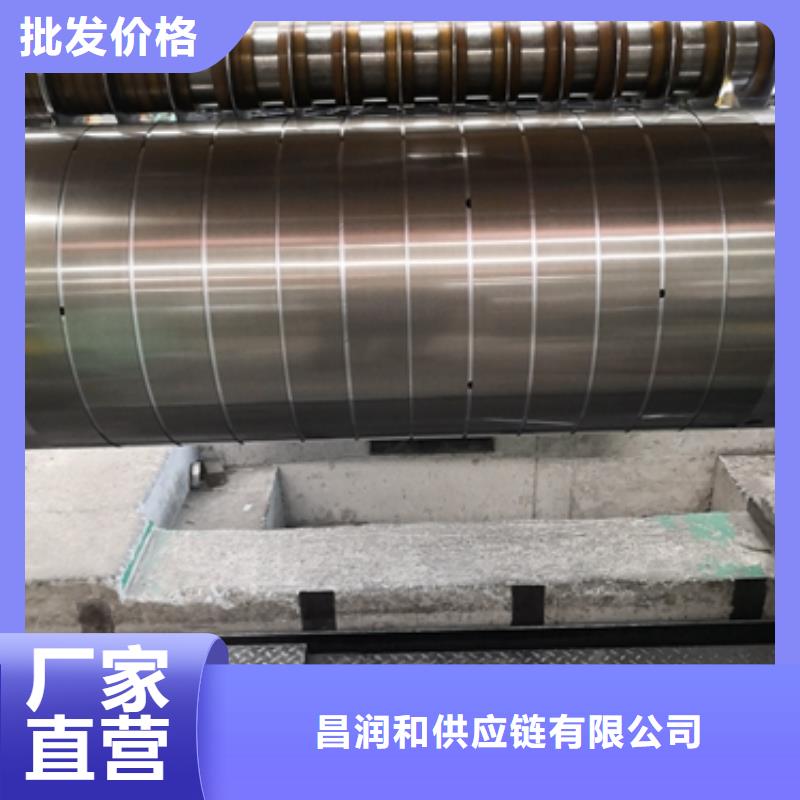
鹿程国际贸易有限公司(河南分公司)
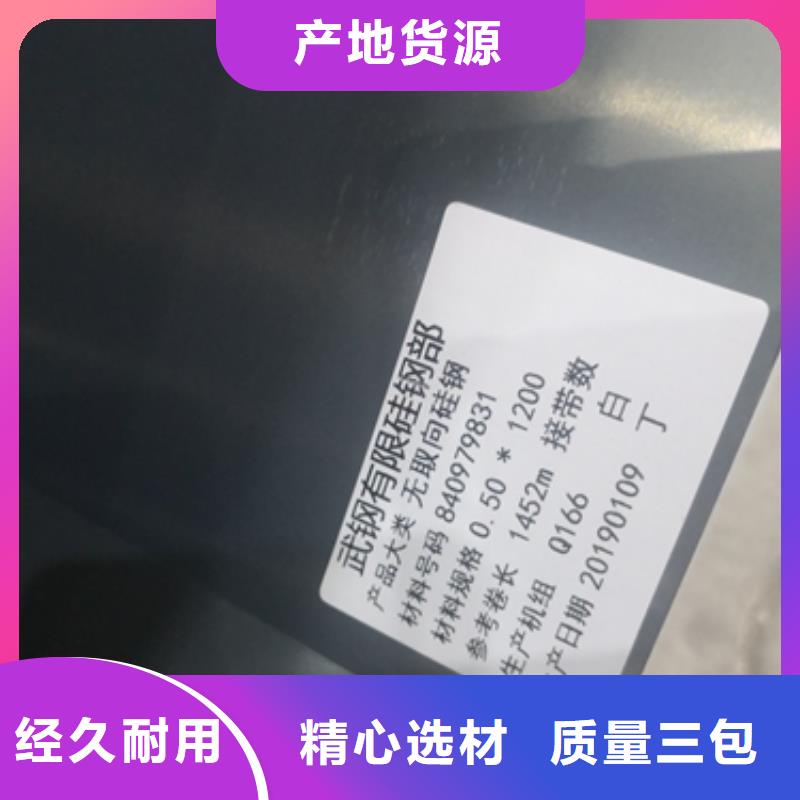
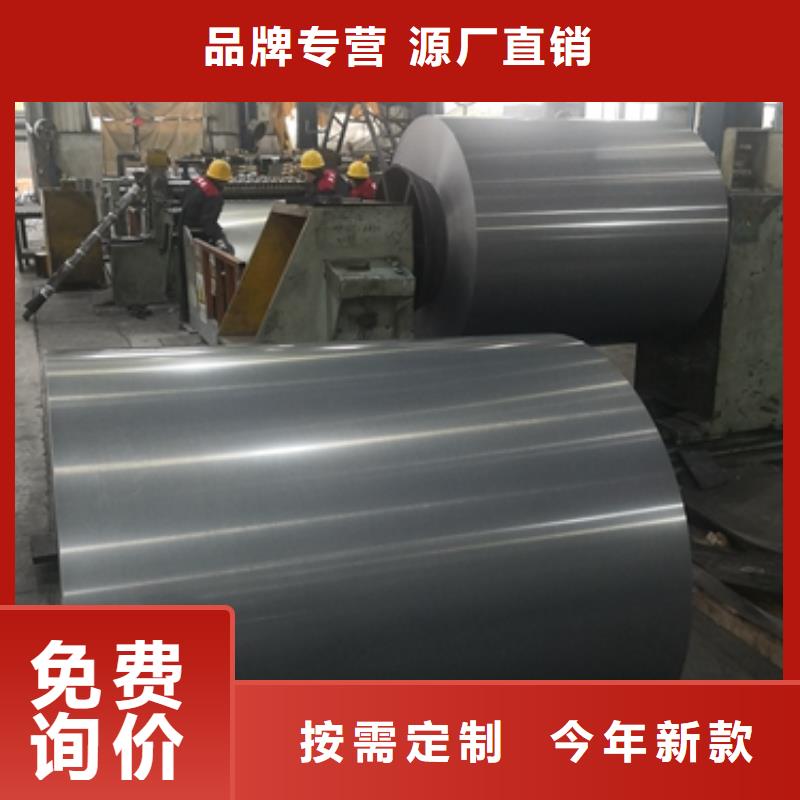
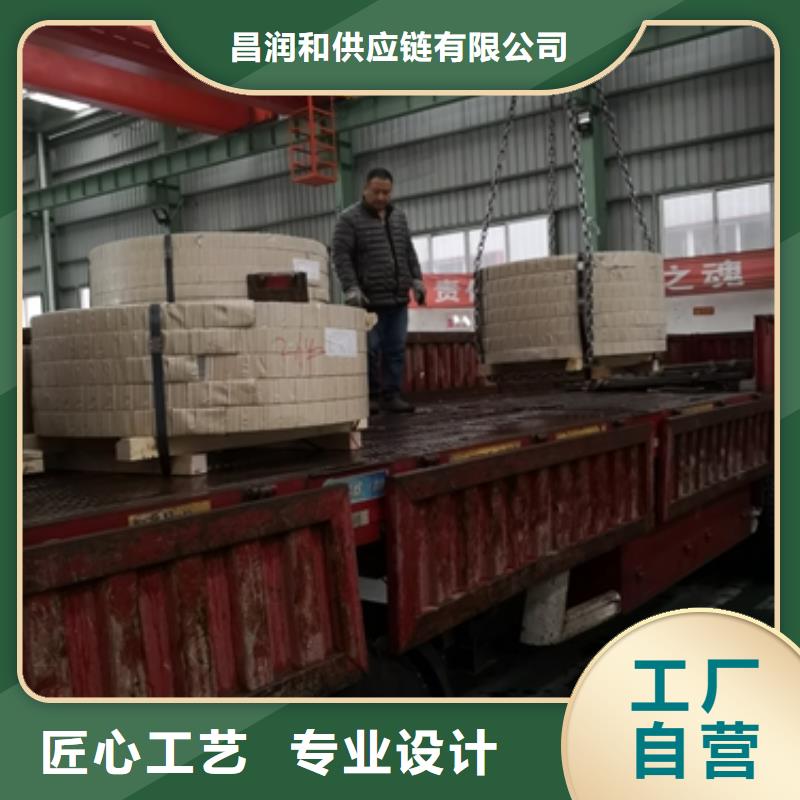
电工钢硅钢片叠装系数产品的叠装系数应符合表 3、附近表 4 的规定。供方如能保证,可不进行该试验。仲裁时,适用于无绝缘涂层状态。7.4.3 弯曲次数弯曲次数是指用肉眼在基板上观测到 次出现贯穿试样厚度的裂纹(或听到产生裂纹的声音)前的 反复弯曲次数,它表示材料的延展性。弯曲次数应符合表 3、附近表 4 的规定。供方如能保证,可不进行该试验。7.4.4 内应力产品应尽可能量避免出现内应力。内应力的检验不适用于宽度小于或等于150mm 的钢带(纵切分条后的钢带)。缝隙测量值应不超过 2mm。供方如能保证,可不进行该试验。8 检验和试验8.1 检验批次产品应按批验收,每个检验批应由不大于20吨的同牌号、附近同规格、附近同热处理状态、附近同绝缘涂层的钢带组成。对于重量大于20吨的钢带,每个钢卷组成一个检验批。

 ha40.com
ha40.com
